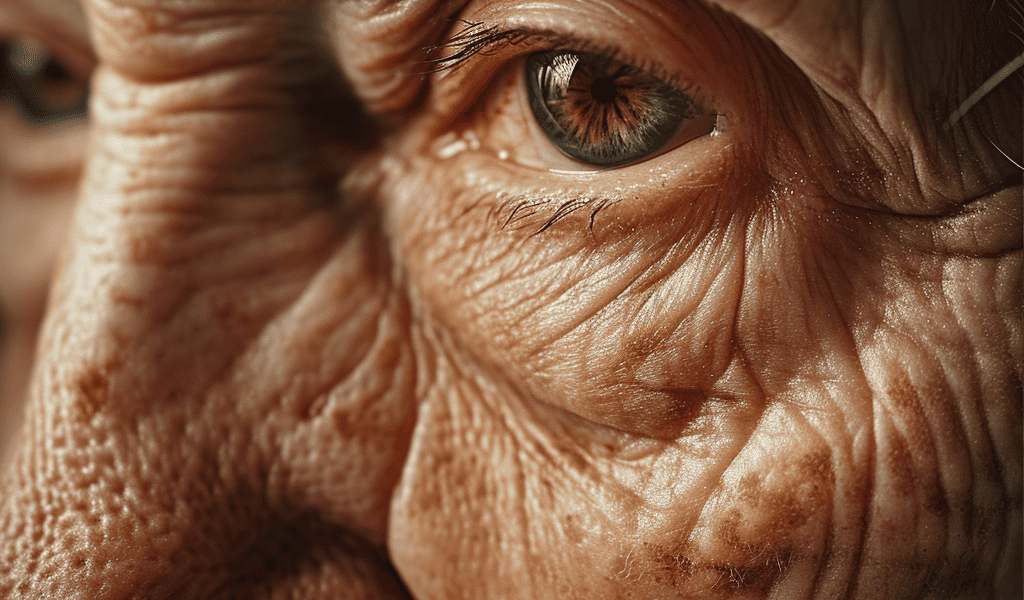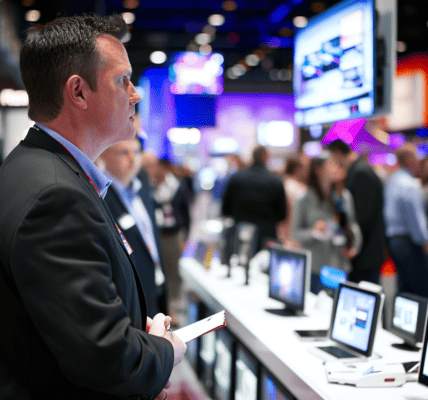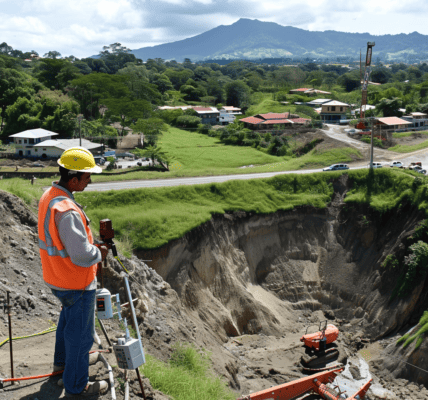Debating the Mechanisms of Aging: Distinguishing Between Driver and Passenger Mechanisms
Researchers have long been puzzled by the mechanisms of aging, and a recent review article published in Nature Genetics delves into the ongoing debate of distinguishing between driver and passenger mechanisms of aging.
The article, authored by João Pedro de Magalhães, highlights the challenges in understanding the aging process due to limitations in quantitative measurements. Various aging-related changes have been identified as potential drivers of aging, including molecular changes in the genome, telomeres, mitochondria, epigenome, proteins, and cellular changes affecting stem cells, the immune system, and senescent cell buildup.
However, determining which of these changes are drivers and not just passengers of aging remains a significant challenge. The author discusses the empirical use of animal models and human genetic studies to infer causality in this context.
Despite the progress made in identifying potential drivers of aging, the review emphasizes that our understanding of the drivers of human aging is still inadequate. With a growing aging population worldwide, uncovering the causes of aging holds the potential to revolutionize biomedical research.





